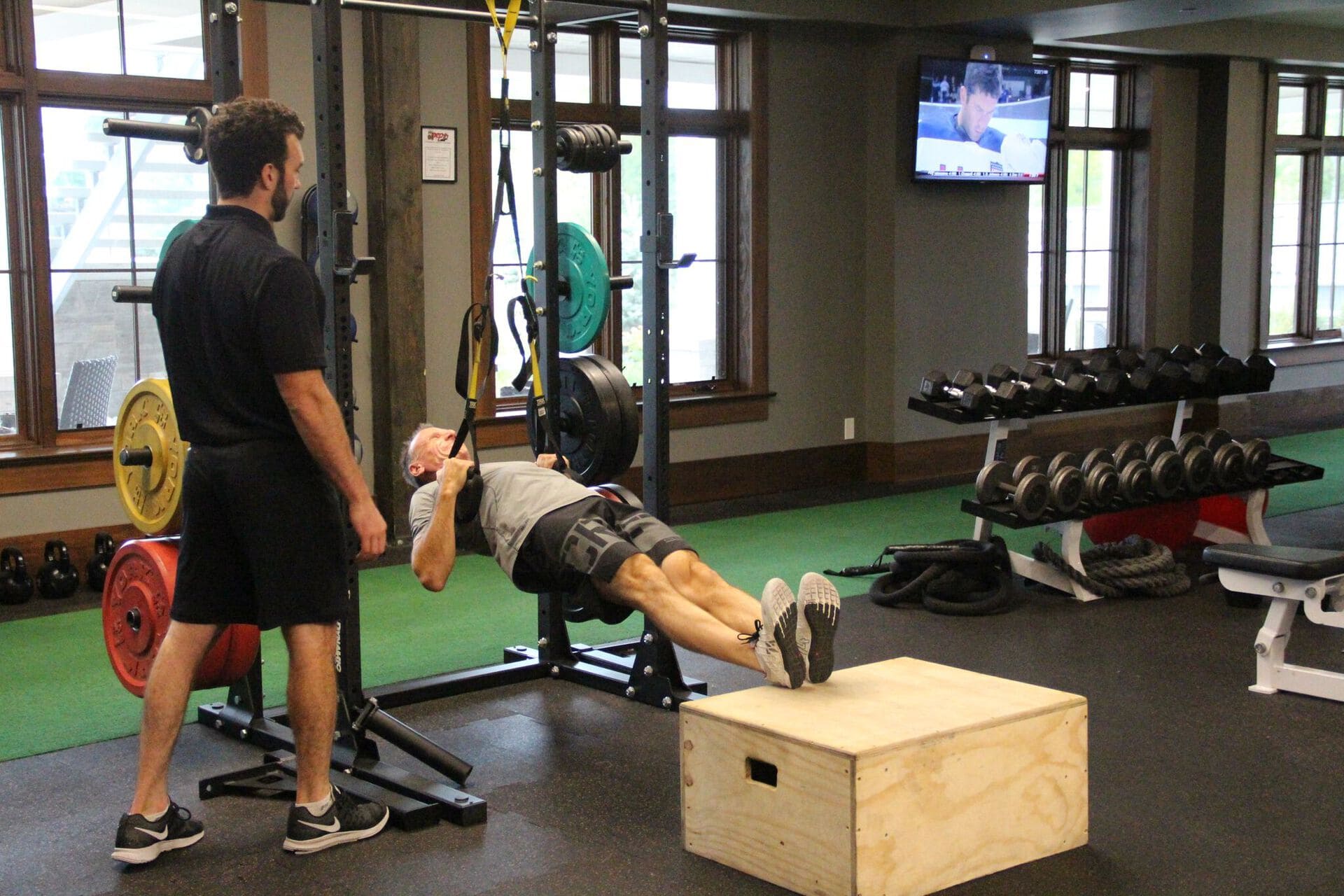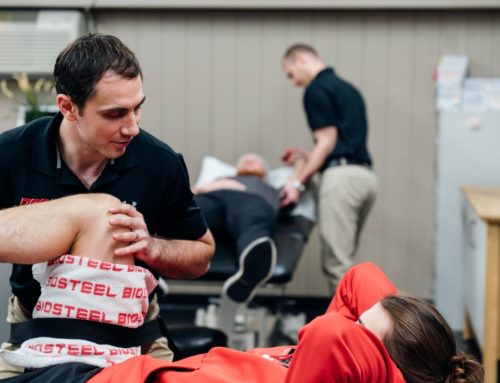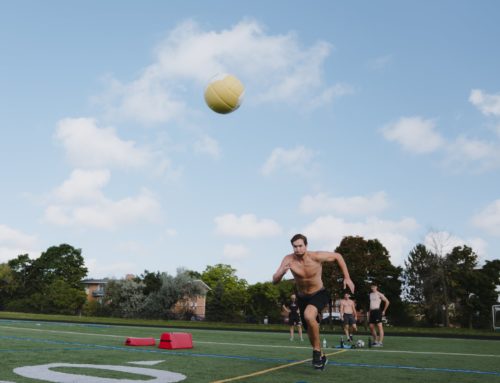If you were told to brace your abs would you know how to do that? Most people would probably say yes. They would squeeze their abs, hold tight and brace themselves as if they were about to take a punch to the stomach. If you were told to brace your spine would you know how to do that? Probably not. This is a problem that needs to be addressed. Learning how to brace your spine in a good position eliminates one of the biggest threats to humans: injuring your Central Nervous System (CNS). If we injure our spine it is game over. No more lifting, running, dancing, you name it; we shut down and will be slaves to the slow healing process. If we injure our knee or shoulder we can still carry on with most of what is done in the gym, at home or at work, it just won’t be as fun.
If you were told to brace your abs would you know how to do that? Most people would probably say yes. They would squeeze their abs, hold tight and brace themselves as if they were about to take a punch to the stomach. If you were told to brace your spine would you know how to do that? Probably not. This is a problem that needs to be addressed. Learning how to brace your spine in a good position eliminates one of the biggest threats to humans: injuring your Central Nervous System (CNS). If we injure our spine it is game over. No more lifting, running, dancing, you name it; we shut down and will be slaves to the slow healing process. If we injure our knee or shoulder we can still carry on with most of what is done in the gym, at home or at work, it just won’t be as fun.
When we are sitting at our desk, standing around or about to lift 400 pounds off the floor in the gym we need to always be consciously thinking about bracing the spine. We can all lift with a round back and sit with horrible posture…until one day we can’t. Our bodies will tell us when it’s had enough of the poor positions we move in and will tell us this through pain. Having a reproducible template or plan that we can revert to throughout the day is vital to our health and performance. Here is a good template to follow:
- Squeeze your butt as hard as you can– this sets your pelvis in a neutral position.
- Pull your ribcage down– align your ribs over your pelvis. Imagine your pelvis and ribcage are two bowls full to the brim with water. The goal is to keep the ribcage and pelvis neutral so that water doesn’t spill out of either end.
- Get your belly tight– this locks your ribcage and pelvis in place.
- Set your head and shoulders into a neutral position– Align ears over shoulders, hips and ankles, pull shoulders down.
A good rule of thumb to bring awareness to bracing your spine and maintaining a neutral position is using the belly whack test. You should always maintain about 20% total tension in your stomach, just enough to be able to take a random belly whack without flinching! Make sure to incorporate this routine into your workouts, as a part of your pre-performance routine! What does that mean? Remind yourself to ‘Squeeze’, ‘Pull’, and ‘Tighten’ (Squeeze your butt, Pull your ribcage, and Tighten your core) before each set of an exercise to help ensure you are effectively bracing your spine, and are ready to lift heavy!
For more tips on how to brace your spine and core, contact Dean Shanks via email at [email protected]! Dean is a personal trainer and leads group classes out of both our Waterloo, ON & Cambridge, ON (Whistle Bear) locations.
Written By: Dean Shanks (Personal Trainer, Strength & Conditioning Coach)






